READY TO GET STARTED?
REQUEST A FREE ESTIMATE
Fill out the form below or call (888) 466-7849 for a free, no-obligation estimate.
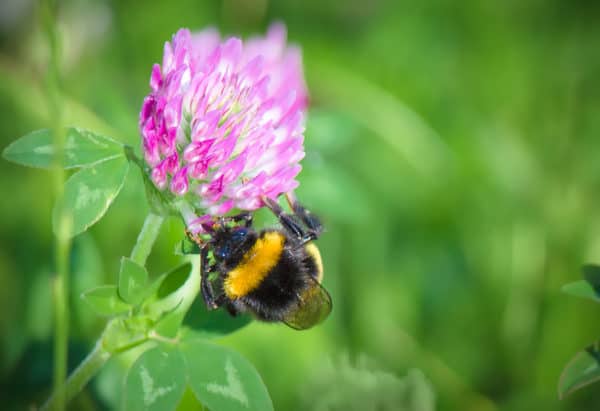
A household pest is any undesired animal that has a history of living, invading, causing damage to, eating food from, acting as a disease vector for, or causing any other harm to a human habitat. While most are considered a nuisance, household pests become dangerous when they pose a risk to health, property, or lifestyle. Household pests aren’t just limited to insects; they also include arachnids, rodents, and wildlife.
While household pests can be found year-round, some are more common in the summer months. Here are 8 of the most common summer household pests and how you can prevent them.
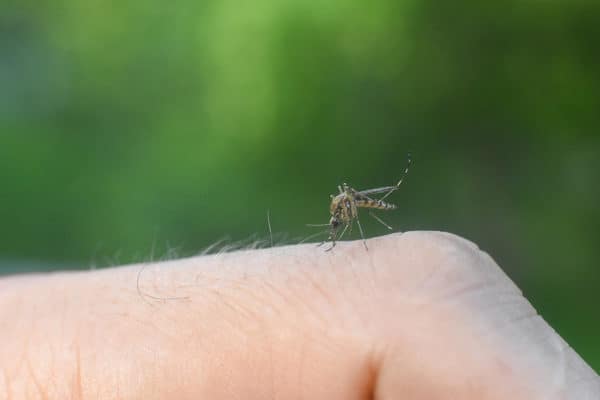
Mosquito season peaks in the summer months. The warm weather and humid environments accelerate their life cycle so they are able to reproduce in large numbers during this time. You are most likely to see mosquitoes when you have standing water on your property. Mosquitoes lay eggs in standing water and the hot, humid climate in summer is ideal for both breeding and to find food sources. Mosquitoes are dangerous to humans as they carry pathogens that can cause serious diseases like Zika and West Nile virus.
Mosquitoes can be prevented by:
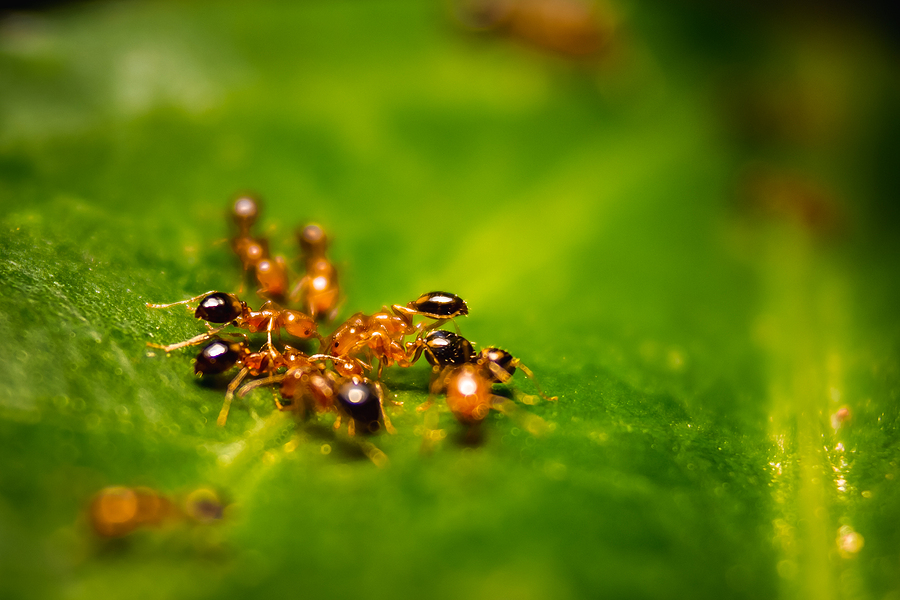
Ants hibernate in the winter and come out in full force over the summer. They have to forage in the summer months to feed their growing colonies and to build up their reserves for fall. Ants are usually seen indoors in the summer because they are searching for food and water as these can become scarce for them.
Ants can be prevented by:
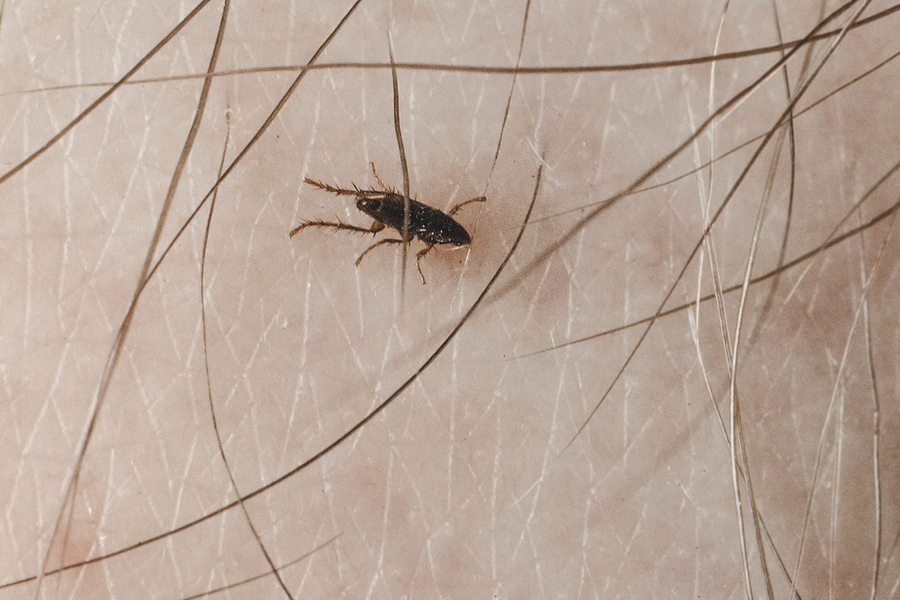
Fleas are prevalent in the summer months, although they can be found on pets year-round. Pets will indicate the presence of fleas by scratching and biting when they come in from outdoors.
Fleas can be prevented by:
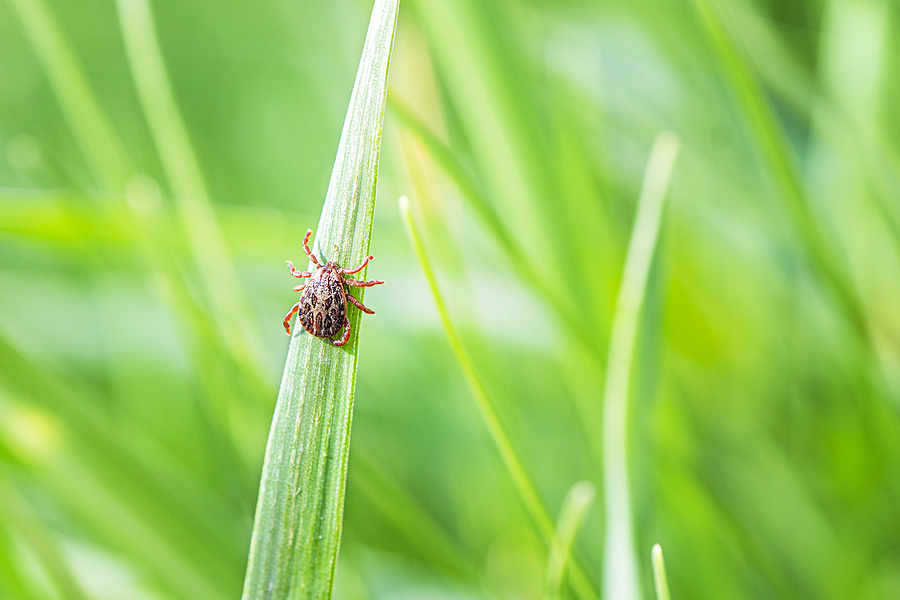
Ticks are problematic to humans and pets because they spread diseases like Lyme disease and Rocky Mountain spotted fever. Tick bites increase in the summer because people and animals are spending more time outside. The US is also seeing an increase in ticks because of the combination of mild winters and an increased population of deer and rodents which are known to carry ticks.
Ticks can be prevented by:
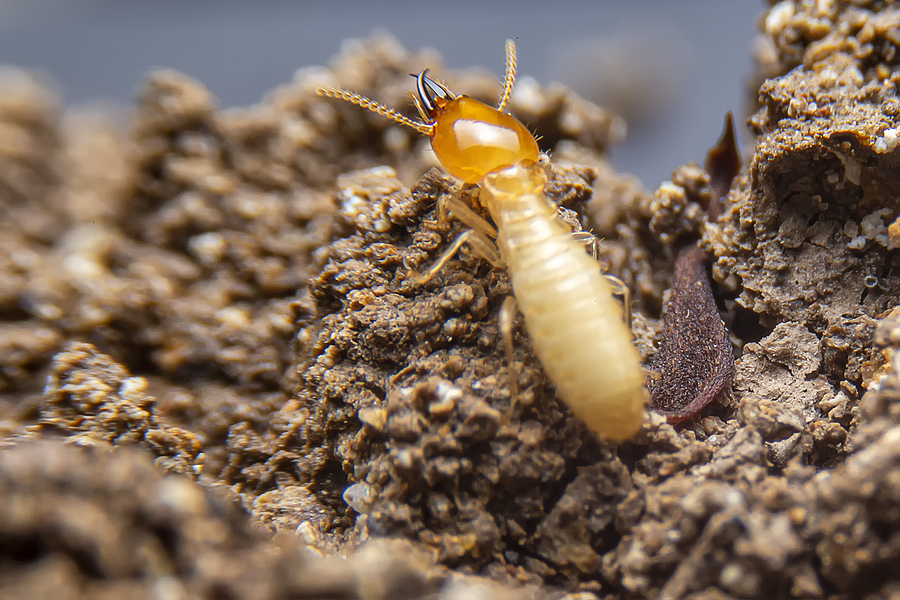
Termite swarming season is in the spring but these newly established colonies grow exponentially in the summer. Termites can go long periods of time undetected, causing significant damage to your home. It is important to keep an eye out for signs of termites so you can catch them early.
Termites can be prevented by:
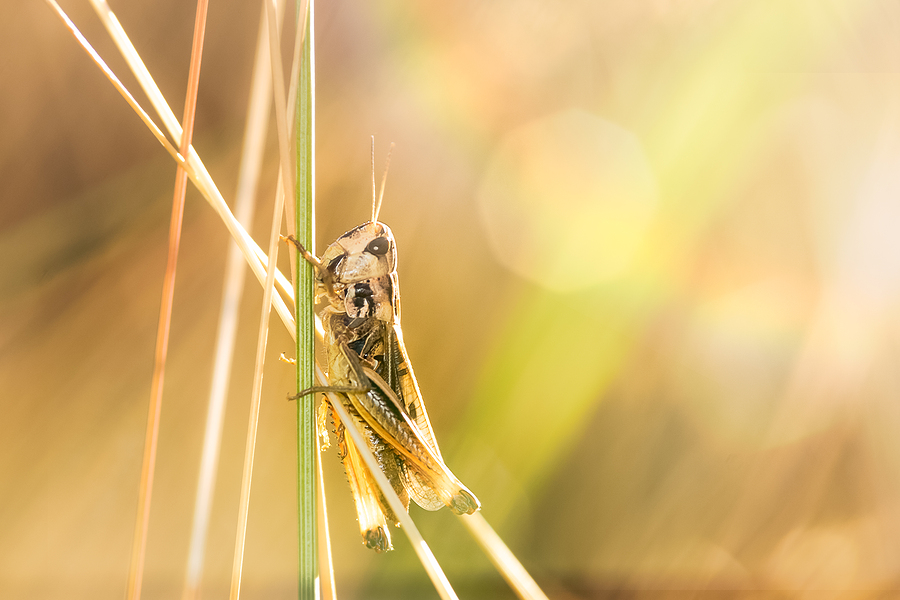
While most people view grasshoppers as just a nuisance pest, they can be devastating to gardeners and farmers. Grasshoppers can devour an entire field of crops in just a few days. Grasshoppers surge in large numbers in the summer months and are most prevalent in dry, hot summers. Grasshoppers can also cause damage to non-farmers as these are one of the only pests that can chew through screens.
Grasshoppers can be prevented by:
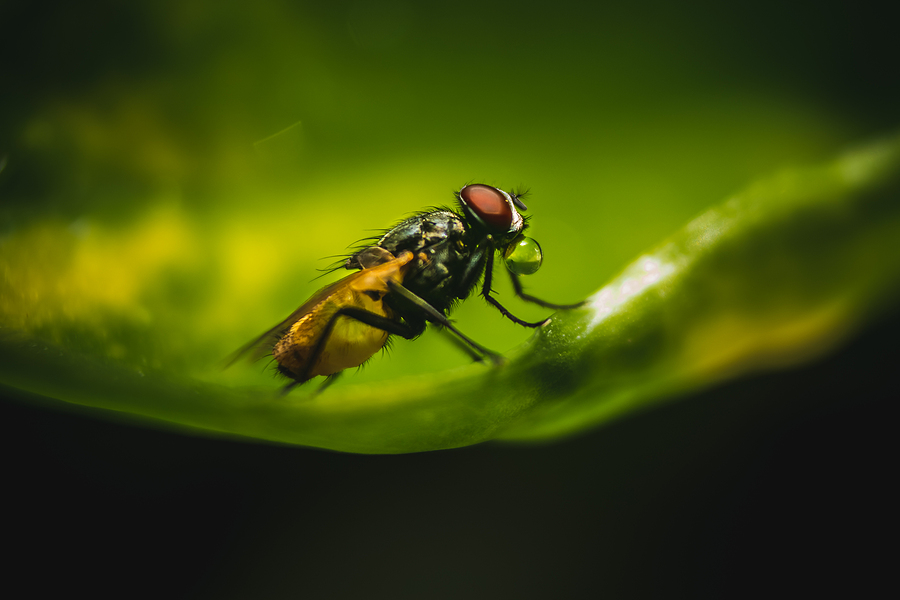
Flies invade your home in the summer months to escape the heat. They only reproduce during the hotter months and reproduce even more prolifically when they get indoors. Flies will stick around well into the fall months.
Flies can be prevented by:
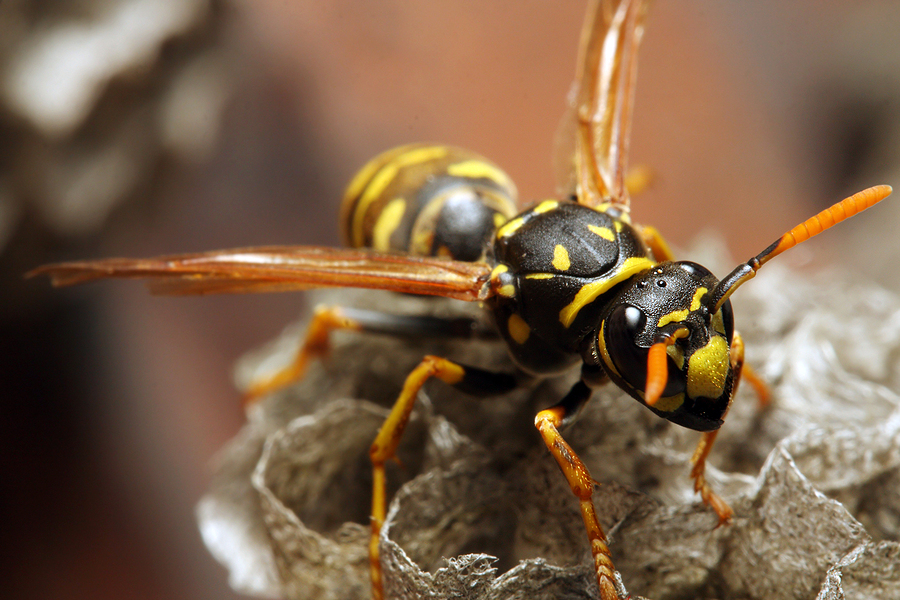
Stinging insects mate in the spring and their populations grow during the summer months. Hornets and yellow jackets are especially common in the summer because they have to establish new nests each year. These are usually found under decking or under piles of leaves. These stinging insects are potentially dangerous for people with allergies. Yellow jackets and bees can also get into the walls of homes, causing significant damage.
Stinging insects can be prevented by:
Don’t let these common summer pests ruin your summer. If you have a problem with any of these pests, contact a professional pest control company who can help eliminate them safely and prevent them going forward.
Termites: How to Stop Their Damage
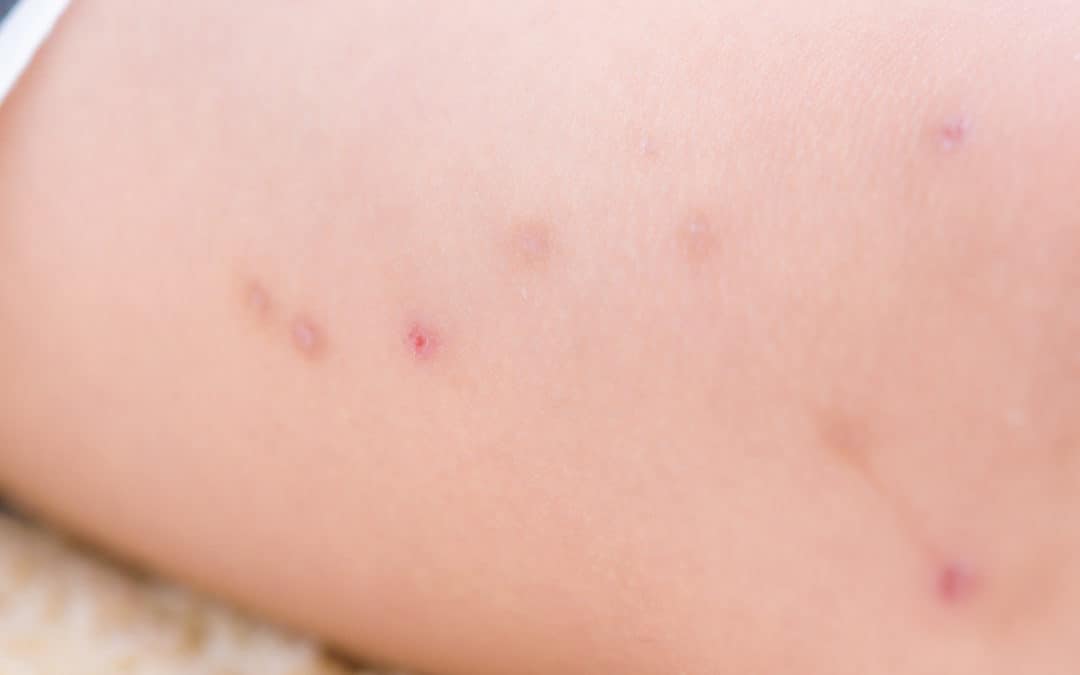
Summertime for most families means more time outdoors: exploring local parks, hiking mountains, kayaking down rivers, or simply lounging in your backyard. While these activities are fun for everyone, you can expose yourself to pests that like to bite. Fleas, ticks, and chiggers can be considered small, annoying, and hard to spot! Let’s break down the difference between all three of these parasites and some tips on bite prevention.
Fleas
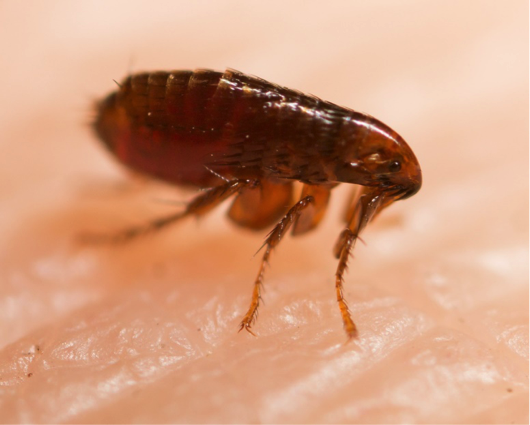
Small and wingless, fleas are dark reddish-brown in color and are only 1/8 of an inch long. Fleas can be found in almost any environment, but they are most active in warm, humid temperatures. While these pests feed on warm-blooded bodies, including humans, they do prefer to dine on hairy animals such as dogs, cats, rats, opossums, and more. Fleas are extremely hard to spot since they move so fast to a warm-blooded body.
Fleas can jump up to 8 inches high and 13 inches horizontally. This means that they can jump 150 times their own height, making finding a host to feed on very easy. Flea bites can be small, red, itchy spots on the skin. If the spot is scratched or irritated, it can begin to bleed.
Ticks
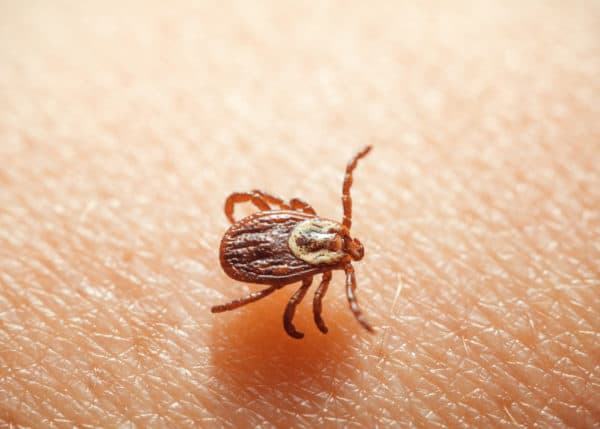
Ticks are orange-brown with dark legs and have a flat oval shape for a body. At a length of 1/8 of an inch, adult ticks actually have 8 legs and two body segments, making them an arachnid and not an insect. Ticks live in low-lying areas such as grass, shrubs, and bushes. These pests need blood to survive and will therefore feed on humans, squirrels, raccoons, birds, dogs, and more.
When ticks bite their host, it can cause irritation, an allergic reaction, and mouth parts can even remain in the host’s skin. Ticks are considered dangerous as they are known to transfer Lyme disease, anaplasmosis, and babesiosis.
Chiggers
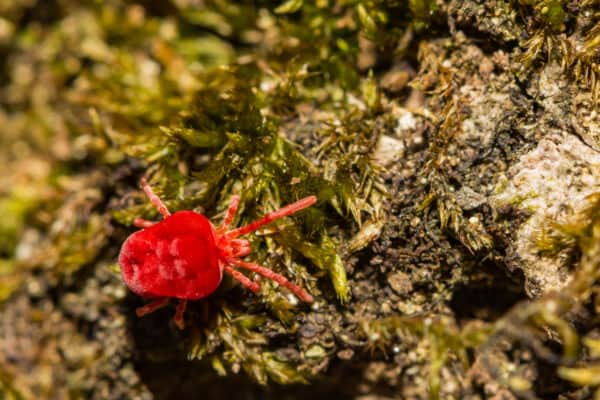
Sometimes referred to as mites or red bugs, chiggers are extremely small and difficult to spot. Red, orange, yellow or straw-colored, these arachnids are no more than .3 millimeters long. Chiggers can be found in areas of wood and grass, near lakes, ponds, streams, and rivers.
While they don’t pose a serious health risk, they can leave behind an uncomfortable rash after a bite that you’ll want to scratch. Chigger bites are most common in the late spring, summer, and early fall.
It’s important to take precautions if you know you and your family will be in areas where fleas, ticks, and chiggers are present. Here are some things you can do to prevent bites from these pests:
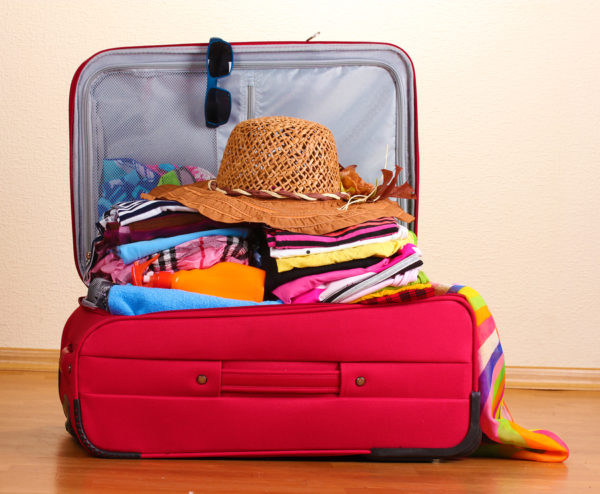
As summer approaches we kick off the start of vacation season. We’ll soon be taking advantage of warm weather, sunshine, and school getting out to take off to the beach, camping in the mountains, or just visiting out of town relatives. But people aren’t the only ones hitting the road – pests take advantage of our travels to hitch a ride back home with us too! What can you do to keep these pests from turning your home into an insect’s paradise? Check out these tips to keep your home pest free this summer.
Bed bugs, fleas, ticks, spiders, and roaches like to catch a ride with you from destination to destination, especially on road trips.
Silverfish, bed bugs, and even moths can hitch a ride in your suitcase. You can pick these up in hotels, your relatives’ homes, and even in the airport.
Camping is one of the most challenging environments for pest control. Let’s face it – pests live outdoors!
One place we don’t often think about picking up unwanted pests is in the homes of our relatives. Pests, however, don’t discriminate – they can be found in even the cleanest of homes.
If you suspect a pest problem when you get back from vacation, contact a pest control professional for a thorough inspection.
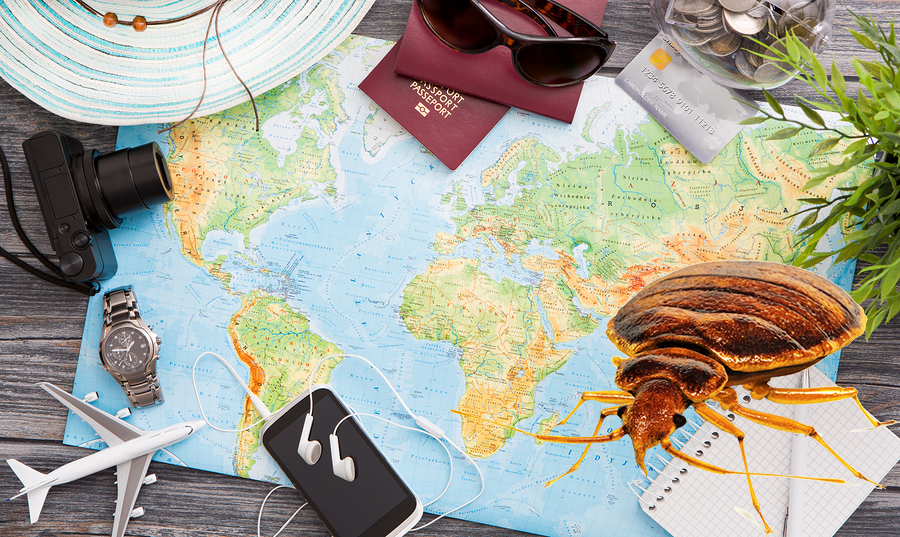
Some bugs are excellent travelers. They’ll hitchhike into your home on clothes, in luggage, on pets, in boxes, newspapers, magazines, or bags, on furniture, and even in your kids’ hair! Here are 5 well-traveled pests and tips on keeping them out of your home:
With summer vacations in full swing, out-of-town relatives visiting, and students coming home from college – now is the time to worry about bed bugs! They’ll sneak into your home unnoticed – most often in luggage and clothes – hide out during the day, and then creep out at night to feed (bite!).
Prevent bed bugs by being vigilant when traveling – check your accommodations for signs of bed bugs (dark spots on mattress corners and/or bedding), avoid putting luggage directly onto hotel beds and furniture, wash all of your clothes in hot water immediately when returning home, and leave luggage outside of your home, if possible (seal in plastic bags and leave in outdoor storage or your garage). Same applies to visiting relatives and students returning home from college. Also, remove any under-bed storage to reduce areas bed bugs are likely to hide out.
If you suspect you have bed bugs, contact an exterminator immediately. Because of the elusive nature of bed bugs and their ability to survive in extreme conditions (bed bugs can live for a year or more without eating and can withstand a wide range of temperatures from nearly freezing to 113 degrees Fahrenheit), they can’t be eliminated through do-it-yourself methods. A proper inspection is needed to identify all areas of infestation. After an in-depth inspection, a treatment and control plan can be implemented, usually including multiple chemical and/or heat treatments and inspections over several weeks. As part of the treatment plan, you may be asked by your exterminator to remove or reduce clutter, install protective encasements to your mattresses and/or boxsprings, and launder bedding and/or clothing. You should also be advised not to throw out any infested furniture, clothes or other items; this can cause the spread of bed bugs to other locations. It’s also not recommended to purchase new furniture throughout the treatment process as these items will likely become infested with bed bugs.
Once school starts back, lice infestations will be on the rise. Prevent the spread of lice by limiting shared clothing, hats, hair brushes, and other belongings, avoiding head-to-head contact, and by vacuuming carpet and furniture often. For existing lice infestations, use a lice treatment as soon as they’re discovered, disinfect combs, brushes, or towels that have come in contact with lice by soaking them in hot water for 5-10 minutes, disinfect bedding by removing it and washing in a hot water cycle, and wash and dry clothing, linens, or towels that have come into contact with a person infected with lice during at least 2 days prior to treatment.
Lookout for ticks as we move into Fall. They attach themselves to humans and pets, making transport inside easy and often unnoticed, and can even infest your home (with the case of the brown dog tick). Their bites are painful and can cause skin irritations, but they also transmit several diseases including Lyme disease and Rocky Mountain spotted fever, which can cause serious illness or even death.
Prevent ticks by checking pets often and treating them with a tick control product, commonly included in topical flea treatments, keeping pets out of wooded areas or overgrown vegetation, by cutting your grass regularly, keeping plants and shrubs trimmed, and by clearing out leaves and other yard debris.
If you find a tick, safely remove it using a tick removal tool or with tweezers, only applying a small amount of pressure until the tick lets go. Any other method can be painful for your pet (or humans!) and cause skin irritations.
Fleas thrive in hot, humid conditions. They can cause a lot of discomfort for your pets, even severe allergic reactions, and are easily transported into your home. Avoid a flea infestation by checking your pets often with a flea comb, applying topical or oral flea medication regularly, and limiting your pets’ time outside during warmer months.
If you have a flea infestation in your home, getting rid of them can be difficult and time-consuming. It’s best to contact a pest control company to establish a treatment schedule for both inside and outside the home. Your pet will need to be removed from the house during flea treatments and for a specified length of time afterwards. You can also help to get rid of fleas and prevent a future infestation by vacuuming regularly and removing old pet bedding, blankets, toys, and any other items regularly used by your pet.
German cockroaches are among one of the most prevalent pest issues in residential structures, and often the hardest to control. A common misconception is that roaches only infest homes with unsanitary conditions. While they thrive in filth, even the cleanest, tidiest homes are at risk. To prevent this, avoid bringing items into your home that roaches often travel in – boxes, newspapers, grocery bags, food cartons, pet food, furniture – and remove & wash any clothing and/or luggage immediately if you’ve encountered another home or accommodation where roaches were present.
Once inside, roaches can contaminate food, trigger allergies and asthma, create an unpleasant odor, and just altogether create an undesirable living environment. They’ll hide out in damp, dark areas during the day and come out at night in search of food. Keep your home as clean as possible to remove potential food sources eliminate any areas with excessive moisture (repair those leaky faucets!), and de-clutter.
If you’re seeing cockroaches, it’s best to contact an exterminator for a pest control treatment plan. Infestations develop quickly and roaches can become immune to OTC products, especially if used incorrectly or too often.
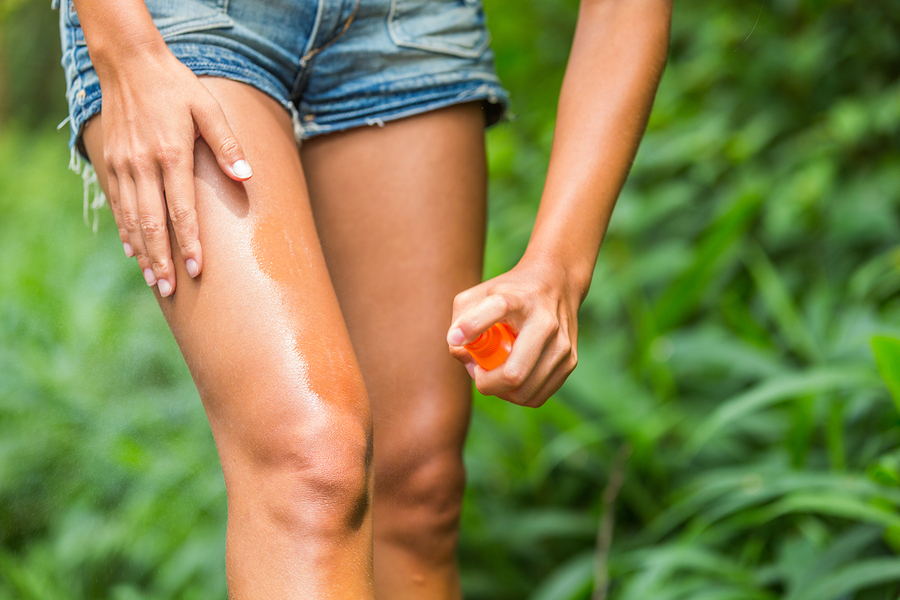
Summer is in full-swing here in Georgia, the heat is rising, and the bugs are coming out to play (bite!). Here are 5 common summer pests to be on the lookout for and tips on how to prevent and get rid of them:
Chiggers (sometimes referred to as mites or red bugs) are so small they’re hard to spot. But you’ll know you’ve been bitten after an itchy, uncomfortable rash develops. While they don’t pose serious health risks, they can ruin outdoor fun and leave behind irritated skin that you’ll want to scratch. To prevent chigger bites this summer, limit time spent in areas prone to chiggers – woods, grassy areas, near lakes, ponds, streams & rivers – keep arms and legs covered when outside, and wear insect repellent with DEET. If you get bitten by chiggers (most commonly on legs and waist with red, itchy skin), take a bath or shower immediately to get rid of chiggers that may remain on your body, wash the clothes you were wearing in hot water, and then apply a itch-relief lotion or ointment to the affected areas – like hydrocortisone or calamine.
Mosquito bites, on the other hand, can be more serious since they carry multiple diseases, viruses, and parasites. The best way to minimize your risk of contracting mosquito-born illnesses like Zika, encephalitis, West Nile, dengue fever, and malaria (some of the most common) is to prevent mosquito bites by limiting travel to well-known, affected areas, keeping arms and legs covered in light-colored, loose clothing when outdoors, wearing insect repellent with DEET and reapply often, and controlling mosquitoes around your home with professional mosquito treatments. You can also reduce mosquitoes by eliminating breeding sites – any areas with standing water.
Fire ants can be dangerous for the whole family, including pets. They’re aggressive and cause painful bites, often with severe allergic reactions, which can be especially harmful to small children and pets. The best way to prevent and control fire ants around your home is with regular yard treatments, specifically targeting fire ant mounds, by a professional exterminator. Treatments are usually applied in granular form and get rid of fire ants in as little as 72 hours.
Bees can be a threatening summer nuisance and often cause painful stings if threatened. One of the most common summer bees is a paper wasp. Paper wasps will form nests on or in almost any horizontal surface, resembling an umbrella attached by a small stem. They vary in color but can be brown and yellow striped or red with blackish wings. They’re most likely to sting when their nest is disturbed, which can happen accidentally when nests are hidden. Paper wasps can be highly aggressive and cause severe pain and allergic reactions so it’s recommended to leave nests undisturbed if posing no serious threat or contact a bee exterminator to access the situation.
Ticks are dangerous for both humans and animals as they spread infectious diseases – like Lyme disease and Rocky Mountain spotted fever, through bites. Take steps to protect yourself from tick bites while outdoors by avoiding areas where ticks are prevalent, like wooded areas and in tall grass, and use an insect repellent with DEET. You should also treat pets with tick repellent products to reduce their risk of tick bites.
Click here for tick removal tips from the CDC.